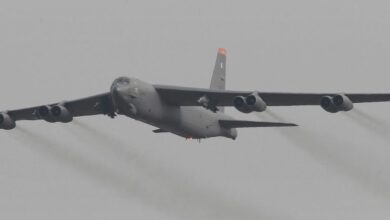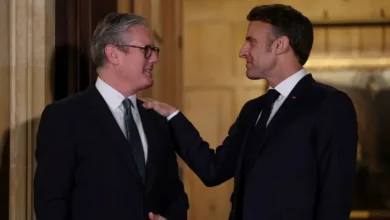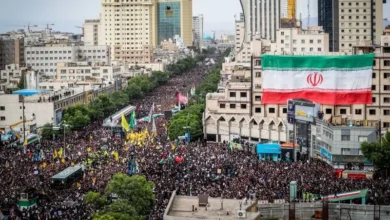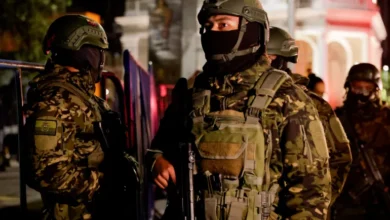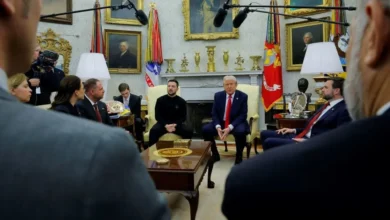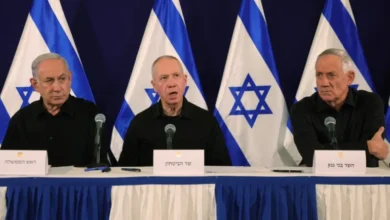How do Donald Trump’s executive orders compare to all other US presidents?
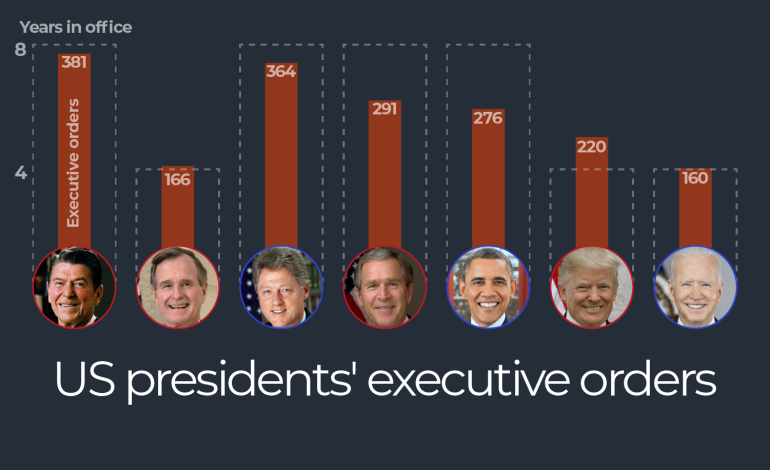
Donald Trump will be sworn in as the 47th president of the United States on Monday. On his first day in the White House, he is expected to begin signing several executive orders as part of his 100-order plan, which he revealed to Senate Republicans on January 8.
The executive orders will cover a range of topics, including border security, immigration, domestic energy production and presidential pardons.
In this explainer, Al Jazeera visualises 236 years of US presidential executive orders and looks at what Trump is likely to push through on his first day in office.
What is an executive order?
An executive order is an official directive issued by the president of the US to run the federal government. While it carries the force of the law, it does not require approval from Congress.
Executive orders apply to federal institutions and agencies, for example, the Department of Homeland Security was put in charge of constructing the US-Mexico border wall through one such directive.
It cannot be used to create new laws and can be overturned if found to be unconstitutional; Congress can pass legislation to override them.
In this explainer, Al Jazeera visualises 236 years of US presidential executive orders and looks at what Trump is likely to push through on his first day in office.
What is an executive order?
An executive order is an official directive issued by the president of the US to run the federal government. While it carries the force of the law, it does not require approval from Congress.
Executive orders apply to federal institutions and agencies, for example, the Department of Homeland Security was put in charge of constructing the US-Mexico border wall through one such directive.
It cannot be used to create new laws and can be overturned if found to be unconstitutional; Congress can pass legislation to override them.
Executive orders throughout history
Executive orders have been an essential tool for US presidents to change policies without having to go through Congress. Over the span of 236 years – from 1789 to 2025 – 46 US presidents issued at least 15,902 executive orders, averaging 67 per year.
The first executive order was passed by the first president, George Washington, in 1789. In the pre-Civil War era (1789-1861), presidents issued very few orders, averaging zero to four per term, reflecting the limited federal role. During the Civil War and the Reconstruction era (1861-77), the number of orders increased, with Abraham Lincoln issuing 48 orders during the Civil War and Ulysses S Grant reaching 217 orders.
Between 1897 and 1929, there was a sharp rise in orders, led by Theodore Roosevelt (1,081 orders) and Woodrow Wilson (1,803) during World War I.
Franklin D Roosevelt set a record by issuing 3,721 executive orders from 1933 to 1945, primarily to address the challenges of the Great Depression and World War II. Many of these orders were central to his New Deal programmes for economic recovery and wartime measures for national defence and mobilisation.
Post-World War II, presidents issued fewer orders as Congress and courts expanded checks on executive power.



